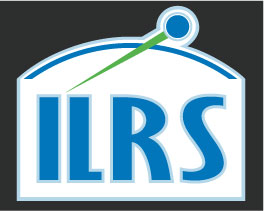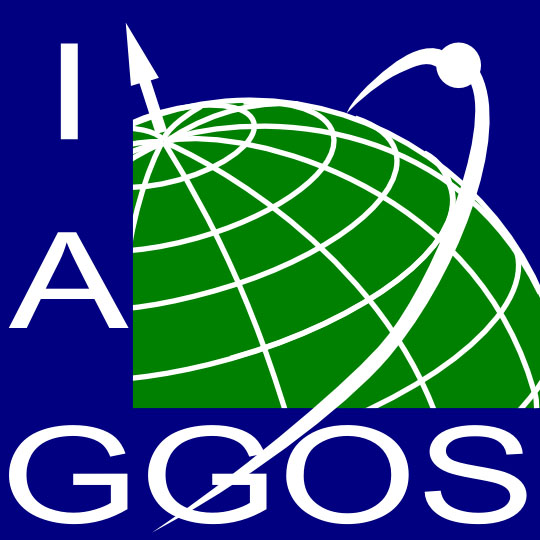ILRS Study Group
LARGE: LAser Ranging to GNSS s/c Experiment - Expanded SLR Tracking of GNSS Satellites
At the 18th International Workshop on Laser Ranging in Japan in November 2013, we agreed to expand the GNSS data coverage of the ILRS network. The objectives of this Study Group (SG) are:
- Define an operational GNSS tracking strategy for the ILRS that addresses all proposed requirements and then tests its realization with a tracking campaign to be run as a Pilot Project.
- Clarify outstanding ILRS and IGS issues with the GNSS satellites and ground stations.
The satellite constellations of interest with retroreflector arrays include GLONASS, BeiDou, Galileo, and GPS. The GLONASS constellation is fully populated. BeiDou and Galileo (including GIOVE) constellations are being populated. The GPS constellation will begin being populated in the 2018 timeframe. When completed, the full GNSS complex should reach about 70 – 80 satellites.
The current members of the group are:
- Erricos Pavlis, UMBC/NASA GSFC (ILRS, Chair)
- Graham Appleby, NERC Space Geodesy Facility (ILRS)
- Rolf Dach, AIUB
- Vladimir Glotov, GLONASS-IAC-PNT (GLONASS)
- Urs Hugentobler, Technische Universitaet Muenchen (IGS)
- Georg Kirchner, Space Research Institute, Austrian Academy of Science (ILRS)
- Cinzia Luceri, e-GEOS S.p.A/ASI (ILRS)
- Steve Malys, NGA (GPS)
- Vladimir Mitrikas, GLONASS-IAC-PNT (GLONASS)
- Carey Noll, NASA GSFC (ILRS)
- Michael Pearlman, CfA/NASA GSFC (ILRS)
- Tim Springer, ESA (Galileo)
- Daniela Thaller, BKG (IERS/ILRS)
- Linda Thomas, NRL (GPS)
- Wu Bin, Shanghai Astronomical Observatory (BeiDou)
- Zhang Zhongping, Shanghai Astronomical Observatory (BeiDou)
An ILRS mailing list (ilrs-large @ lists.nasa.gov) consisting of the emails for the membership listed above has been established at NASA GSFC and should be used for communication within the group.
The full study group document is available.
Related Information:
- Activities and meetings
- Study Group document
- Summary reports for second GNSS tracking campaign
- GOVUS Multi-GNSS orbit validation visualizer using SLR
- GNSS satellite metadata information




